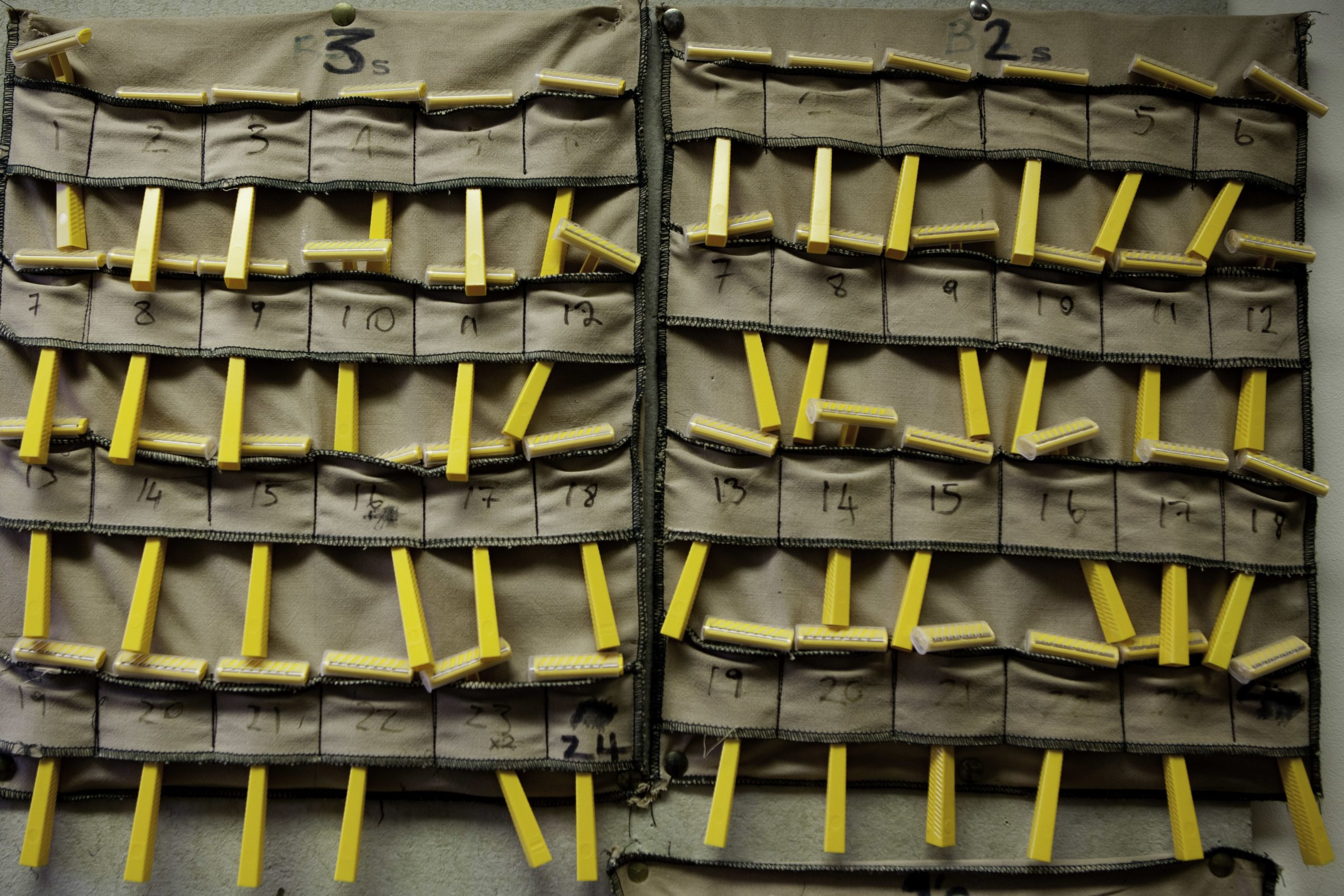[contextly_auto_sidebar id=”uokryQ4DYVL5CHECamE2R71Vi9rwMhDo”]
Nick Hardwick’s latest annual report, and possibly his last, is a measured and balanced picture of the state of the prisons. The Chief Inspector of Prisons comes to a sobering conclusion very early on in his introduction to the report: the outcomes assessed by his inspectorate had fallen sharply across all areas and in 2014-15 were the worst they had seen for 10 years.
Most distressingly, and as the Howard League has been warning for some time, safety in prisons is under grave threat from rising violence. In Hardwick’s own words: ‘You were more likely to die in prison than five years ago. More prisoners were murdered, killed themselves, self-harmed and were victims of assaults than five years ago. There were more serious assaults and the number of assaults and serious assaults against staff also rose’.
Hardwick shares the view of the Howard League that the decline in safety in prisons is surely linked to staff shortages and prison overcrowding. He highlights a few welcome beacons of light, including good relationships between staff and prisoners, but is also damning on the physical condition of some prisons. He paints a vivid picture of the warehousing of prisoners, and the dismal drop in purposeful activity such as education, work and training.
One in five prisoners told the inspectorate they spent less than two hours a day out of their cells during the week and only one in seven said they spent 10 hours or more out of their cell each day.
It was not meant to be this way.
When the Coalition government was formed in 2010 it would have been reasonable to expect great strides in prison reform. The Liberal Democrats have long had a tradition as reformers, whilst the Conservative party in opposition had developed a real interest in prisons – correctly deducing that it was an area of public policy where New Labour had failed. The Conservatives even published a lengthy review of penal policy, ‘Prisons With a Purpose’.
David Cameron announced a ‘rehabilitation revolution’.
As Hardwick describes, however, the revolution has yet to start. It is indeed hard to imagine anything less likely to rehabilitate prisoners than ‘days spent mostly lying on their bunks in squalid cells watching daytime TV’.
It is too simplistic to heap blame on one figure but the outgoing Justice Secretary, Chris Grayling, has overseen much of this decline in standards. His predecessor, Kenneth Clarke, did briefly attempt to bring in radical reforms to bring down prison numbers – but he did not receive the support required from Downing Street when the inevitable public criticism came his way.
Now we have a new Justice Secretary in Michael Gove and it falls on him to consider this report from Nick Hardwick. How will he respond?
The Chief Inspector’s recommendation is much the same as the Howard League’s. He urges the government to manage demands on the prison population and consider the resources they are willing to spend, stating ‘there is a real need to match the demand for custodial services to the resources available. Detention is one of the public services where demand can be managed. Alternatives to the use of custody may be unpalatable but so, no doubt, are the other public expenditure choices that government has to make’.
What precisely is the financial situation facing Michael Gove at the Ministry of Justice?
The Institute for Public Policy Research has done some analysis of the summer Budget which looks at the implications for the non-protected departments such as the Ministry of Justice. The outlook is not pretty.
This analysis suggests that the Ministry of Justice faces a further 30% reduction in its budget between now and 2019/20. That would mean a drop from £6.4bn to about £4.5bn. To provide some context, when the banks crashed in 2008/9 the Ministry of Justice budget was £9.7bn.
The National Offender Management Service (NOMS), which runs prisons and probation, currently eats up about half of the Ministry of Justice budget – or a bit over £3bn. If they were to face a flat axe of about 30%, then that would be around £1bn more off the budget for prisons and probation.
As Nick Hardwick says in his report, NOMS has published projections for the prison population in 2020. The central and most likely projection showed the prison population rising to 90,200. It could rise as high as 98,900. Published plans for increases in prison capacity currently fall below even the central projection.
I dread to think what would happen to the prisons if they are asked to serve up these kind of cuts whilst attempting to manage the current trend of ever-growing prison numbers. It does not take a Nostradamus to see that there will be more deaths, more wasted opportunities, more failure.
There is some cause for optimism, however. Michael Gove has started his tenure at the Ministry of Justice in the right way. Very early on there was a welcome ministerial statement revising the true picture of overcrowding in English and Welsh prisons, which put a welcome emphasis on transparency. Then Grayling’s unpopular secure college proposal was permanently shelved and this weekend a hugely symbolic move was made in response to the Howard League’s Books For Prisoners campaign, where the Secretary of State cited his belief that prisoners are “assets not liabilities”.
Nick Hardwick has laid down the gauntlet to his new Secretary of State. We are hopeful that Michael Gove may yet be the man to take up this challenge, as it is one of the most important that this or any government will face.







